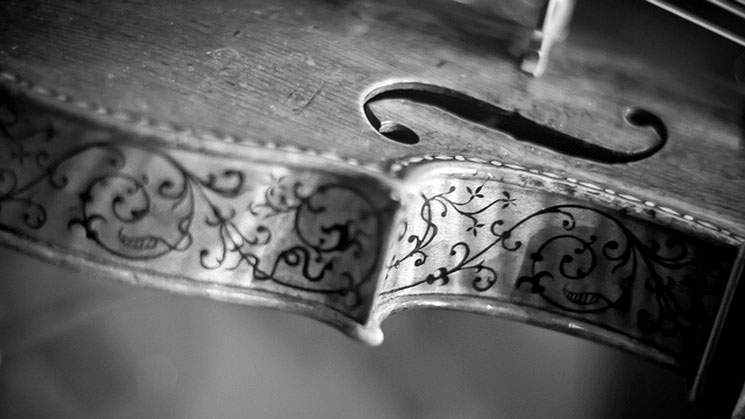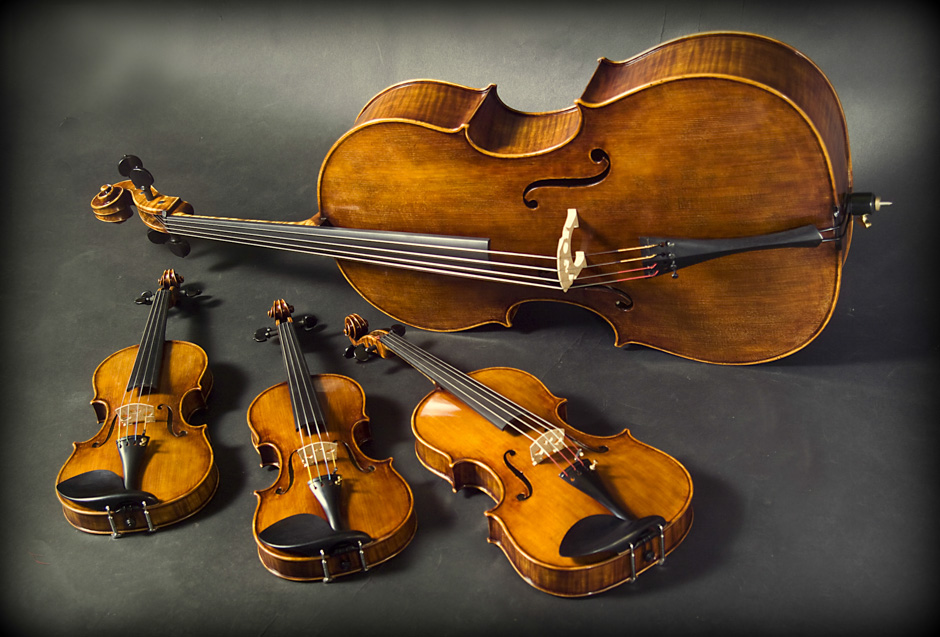On the shores of the river Po, between Milano and Mantua, a city of Cremona is nested, widely known for the beautiful sounds of the violins. Masterpieces of violin’s creative craftwork were founded there, evolved and finally perfected to the extent that they remained unequalled even after almost five hundred years, and are going to be recognisable for their perfection in the centuries to come.
Legend about Cremona and its violins began around 1512 when Andrea Amati was born, an originator of Cremona’s creative art school. However, neither was Cremona the cradle of violins nor an Italian was its creator.
Almost by the mid sixteenth century, the string instruments were used only as a choir suppport. The most common were Viola da Braccio and Viola da Gamba; there was a search for an instrument apt to be a solo or imitate the human voice.
The man who undertook this challenge, born in Italian Tirol found his way at the beginning of the sixteenth century, moving to Bologne where he became a famous manufacturer of lutes, violas and basses. His name was Caspar Tieffenbrucker, or in Italian Gasparo Duiffopruggar. Everything that we know about his life we mostly owe to diligent research of doctor Edmund Schebeck from Prague, who referred to Caspar as the founder of Italian violin craftwork.
He created a work of art, our violin, so perfectly that, even though his followers made modifications in its form and esthetic, there was nothing left for enhancement in the sense of tone characteristics of the new instrument.

The true mission of the violin is to imitate the accents of the human voice, a noble mission that has earned for the violin the glory of being called the king of instruments.
Charles-Auguste de Beriot
When we take a look at this small instrument, we remain astounded with its form, the beauty of its sound, the volume of its tone, or the striking characteristics it can produce.
Made from fifty eight pieces, assembled in such a way as to point out the incredible imagination and craftsmanship due to its melodic sound and charm, the violin rightfully owns the name of the King of Instruments.


I would love to know more about this era of luthiers as i think I have a Gasparo Duiffopruggar in my possession. Feel free to let me know. Thanks.
According to my knowledge none of such instrument is preserved. Please, refer to http://www.tarisio.com for appraisal of your instrument. Also, useful link about Duffoprugard family might be:
https://archive.org/stream/dictionaryofviol00stai/dictionaryofviol00stai_djvu.txt
Thanks for you interest!